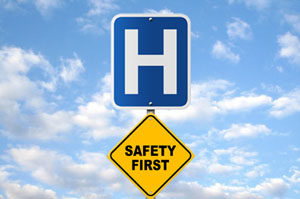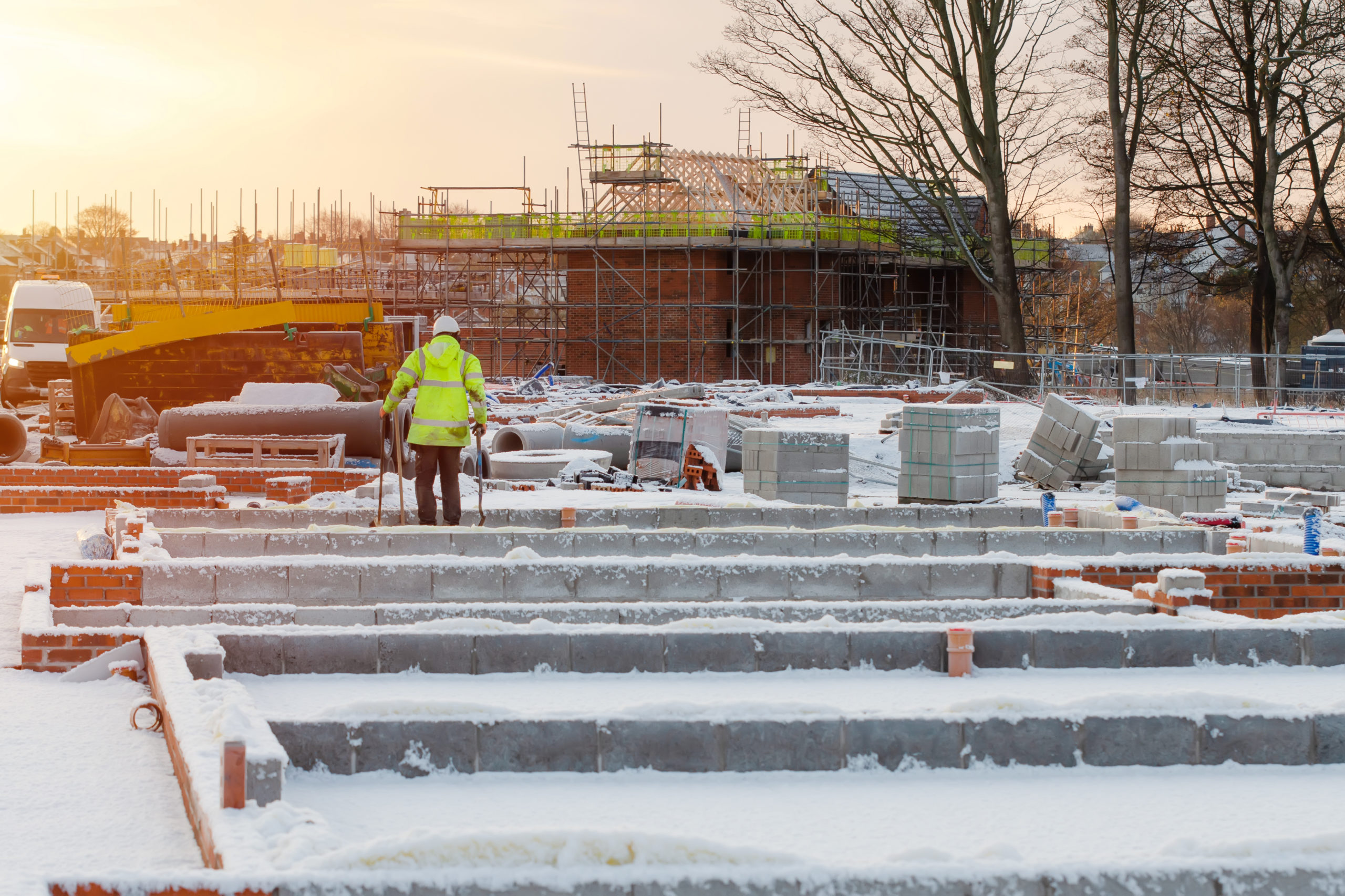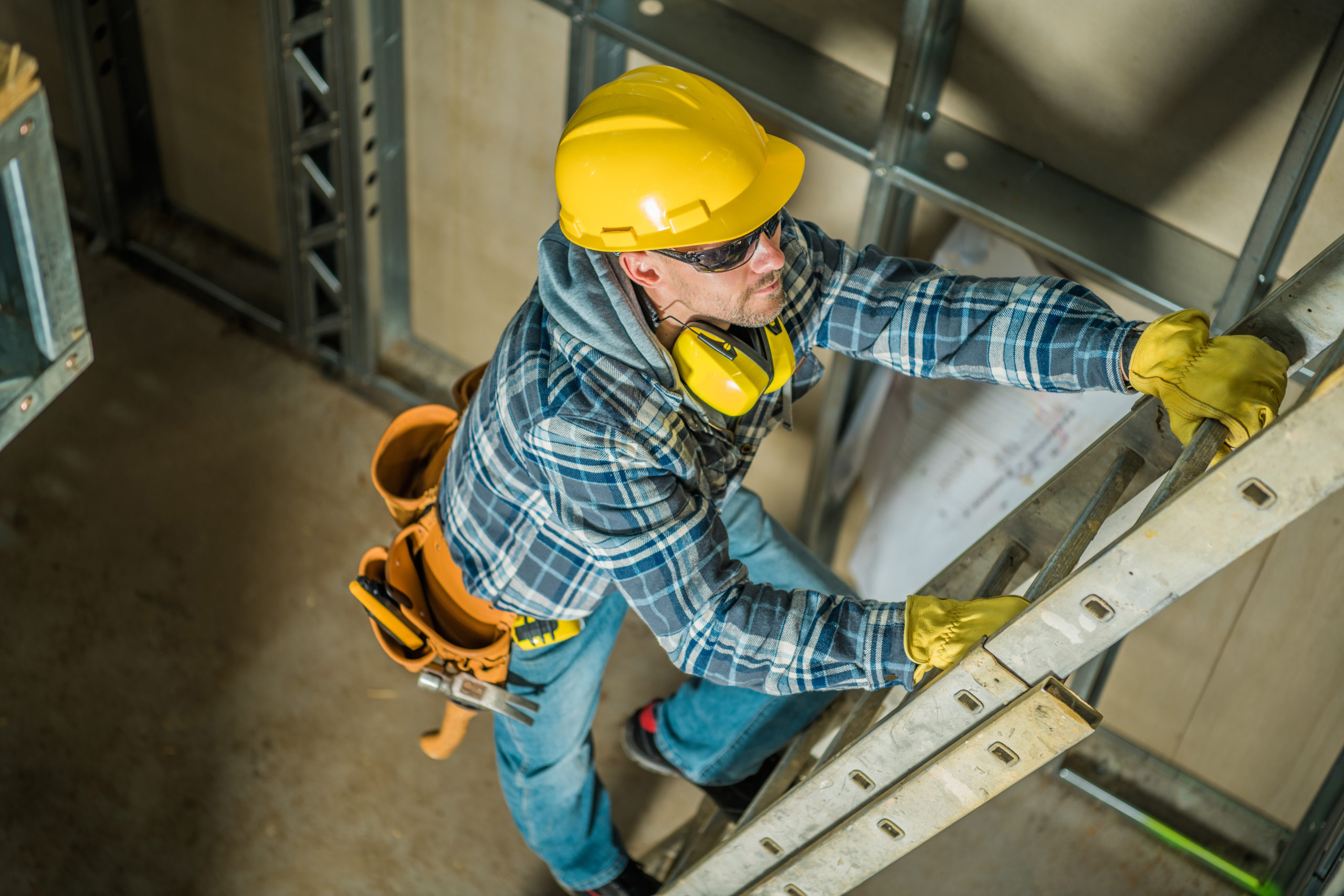9 Health & Safety Risk Assessment Questions Every Healthcare Facility Should Ask Themselves

OSHA not only enforces regulations in the construction and oil and gas industry, they also have a set of regulations specifically for safety and health in healthcare facilities. Additionally, the Joint Commission on Accreditation of Healthcare Organizations (JCAHO) also sets guidelines for the healthcare industry. Recently a veterans’ hospital in Arkansas was cited for 15 notices of unsafe or unhealthy working conditions. Because the VA hospital is a federal agency, OSHA cannot fine them but if they could, the fines would amount to an estimated $200,000.
OSHA inspectors found uncapped contaminated needles, lack of machine guarding on pulleys, belts and table saws, and lack of lockout/tagout procedures. Inspectors also cited the hospital for a number of hazards relating to bloodborne pathogens, electrocution and amputation risks.
Healthcare facilities are liable for the safety and well-being of their employees and patients. When was the last time your facility underwent an environmental, health and safety risk assessment? Here are 9 things hospitals and other healthcare facilities should consider:
- Does your facility conduct exposure monitoring to measure chemical exposure to employees? Common exposures include waste anesthesia gas, formaldehyde and xylene. Areas to consider are surgery rooms, laboratories, labor and delivery rooms, pathology areas and PACU.
- Do you currently have a Clean Room/Pharmacy certification? USP 797 requires that facilities conduct Clean Room Surveys to ensure compliance for compounding sterile preparations.
- Does your facility have Biological Safety Cabinets? Biological safety cabinets and chemical fume hoods can be found in the pharmacy and laboratory. They need to be certified when installed, moved and at least annually by a third-party vendor.
- Plan to remodel or renovate your facility? Prior to any renovation, facilities should be aware of asbestos containing materials. An asbestos survey should be conducted by a professional to determine the presence of asbestos in materials that will be disturbed during the renovation process. Additionally, your facility should have a Facility Asbestos Management Plan.
Read More About Asbestos Do’s & Don’ts
5. Are medical gas surveys conducted? All surveys and tests should meet NFPA requirements. A third-party vendor should be responsible for testing and certification of your medical gas.
6. Is there an established Ergonomics Program? Eliminating ergonomic stressors reduces the risk for employees developing musculoskeletal injuries. Handling and transferring patients often leads to employee injuries. Employees should be aware of ergonomic hazards and understand ways to avoid ergonomic stressors. For example, employees should be conscious of awkward lifting positions such as twisting or bending over while lifting.
7. Are your employees trained in health and safety? Employees should have access to safety training to ensure a safe work environment. Common topics that should be addressed are respiratory protection, hazard communication, bloodborne pathogens, Ebola/contagious diseases, decontamination, hazard materials and mass casualty.
8. When did you last review the safety and health manual? Facilities should review their health and safety policies on an annual basis. Pay close attention to the following programs:
- Respiratory Protection Program– Is fit testing performed and documented? Is a hazard assessment conducted annually?
- Emergency Action Plan– Does it meet Joint Commission on Accreditation of Healthcare Organizations and OSHA requirements? Does it include Catastrophe Response regarding major events like flooding, water intrusion or fire?
- Personal Protective Equipment– Has a hazard assessment been conducted to identify potential exposures? Can hazard controls be implemented?
- Safety Management System– Are you able to coordinate all safety activities, document completion and competency, and identify areas of need?
9. What ventilation measurements are performed? Per Joint Commission requirements, ventilation measurements should be taken to determine air changes and pressure differentials in high-risk areas such as surgery, isolation rooms and emergency departments.
For a full risk assessment, contact SRP at (318) 222-2364. Our certified industrial hygienist has over 25 years of experience in providing industrial hygiene services, as well as working within the healthcare industry. SRP has seven convenient locations in Charlotte, Dallas, Denver, Honolulu, Midland, Shreveport and Pittsburgh.

 ">
">
 ">
">